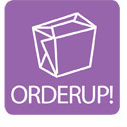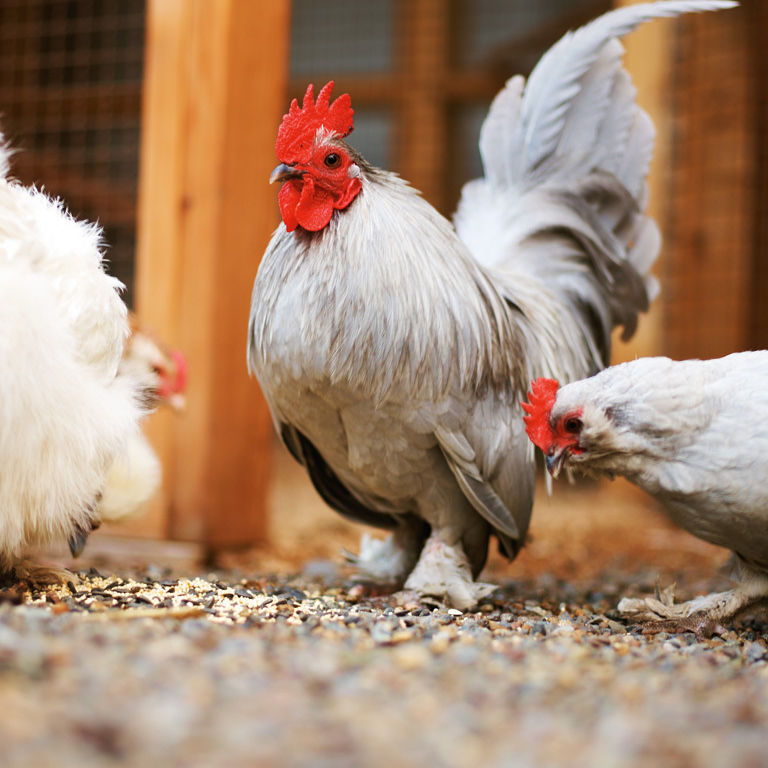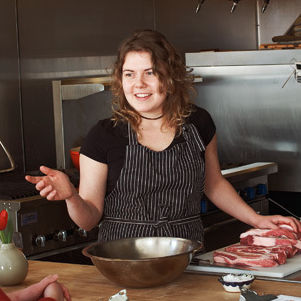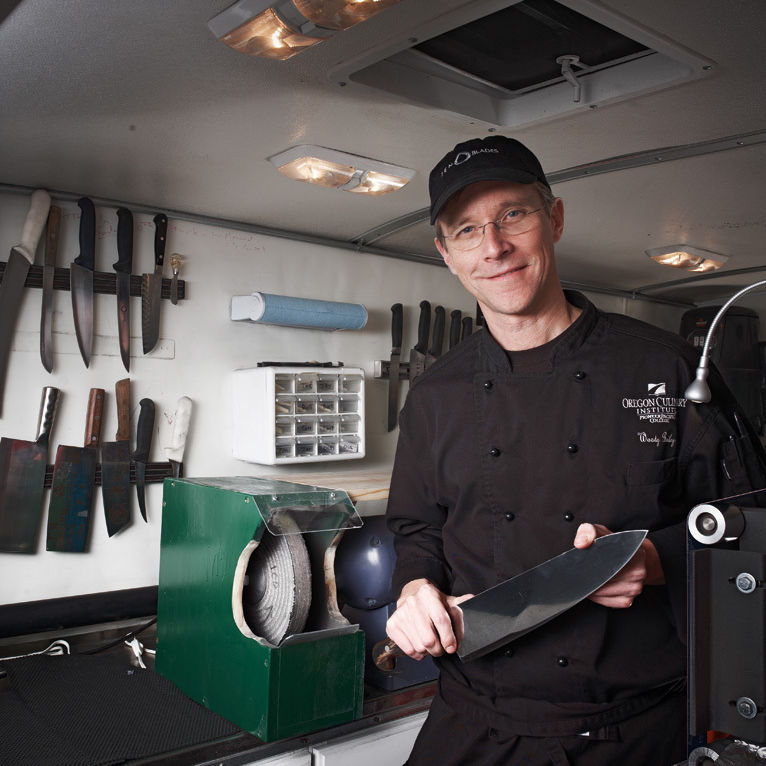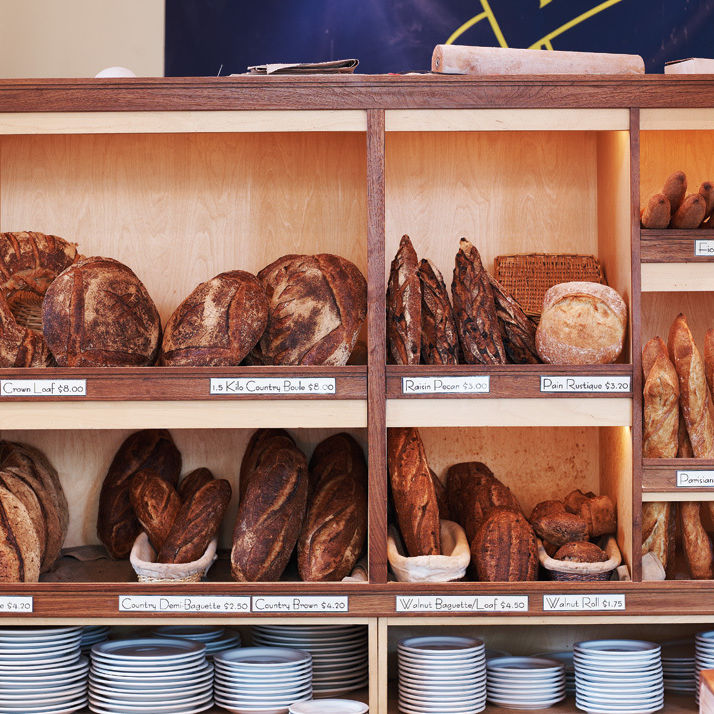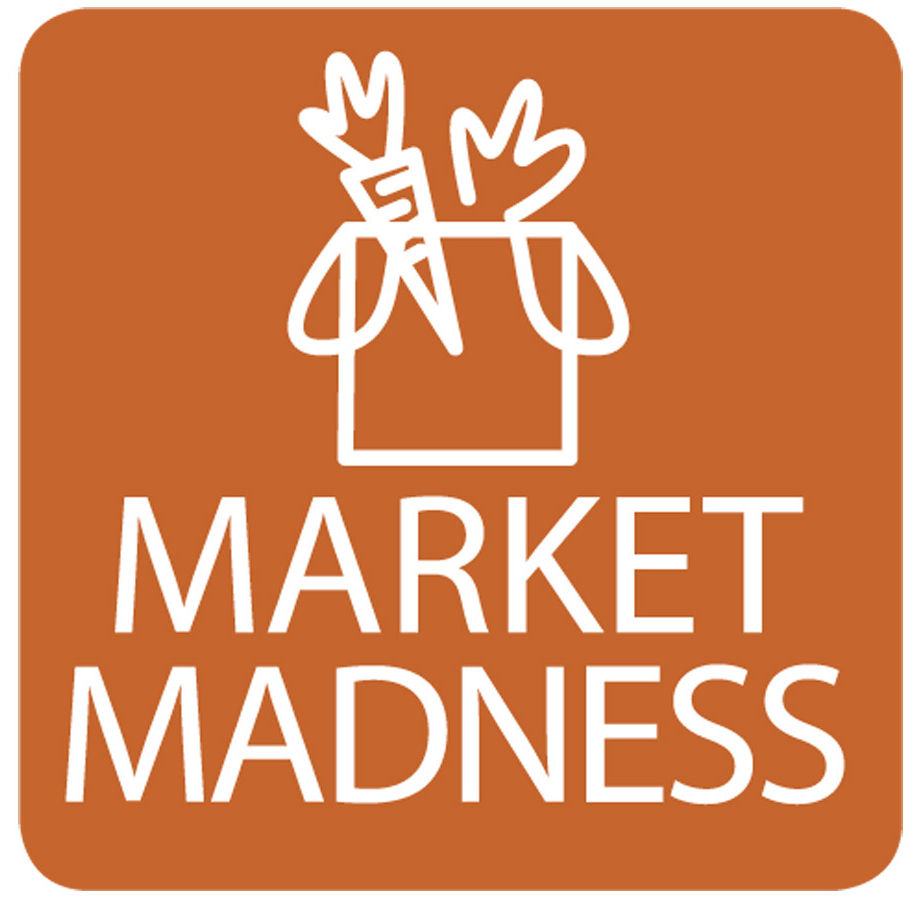Ranch to Table
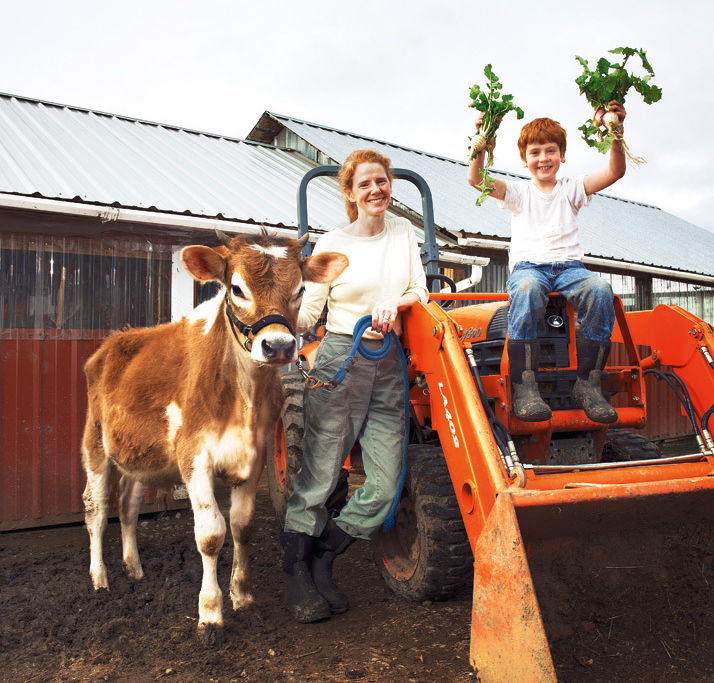
Kookoolan Farms owner Chrissie Manion Zaerpoor with her son, Liam Manion, and their calf, Zizou.
Image: Stuart Mullenberg
In a small, rural town, it's not uncommon to have met your meat. I was 5 when we butchered Buster, a small steer who lived in our front yard. When we picked our meat up from the family meat locker each month, I would strain to peer over the counter so I could see the cuts of Buster neatly wrapped in brown packages. At school, I proudly gnawed on homemade jerky. Animals like Buster populated both my childhood kingdom and our freezer. I loved them as fiercely on my plate as I did in the pen. You can taste and feel the animal in such meat.
I didn’t eat like that again for 20 years. But recently, inspired by the sun-yellow yolks of eggs from chickens raised by friends, my husband and I decided to seek out local farms where we could buy our meat directly. It isn’t easy. You have to find freezer space, trek to farms, pay up front, and dream up new ways to cook tongue. But the challenge is part of the charm. Buying meat from farms has injected a little adventure into our daily lives and widened our world. Because bringing a 1,300-pound cow to the table demands more than one pair of hands—it takes the farmer and the farmer’s family, the slaughterer, and the butcher, plus a network of friends and family to share it.
Whether you’re a shy beginner or you already have a freezer ready for your side of beef, here’s a guide to get you started.
One Hoof at a Time
Buying From Local Butchers
The next best thing to visiting a farmer is getting to know your local butcher. Pastaworks, Laurelhurst Market, and Chop are great sources of information.
Up to the Rump
Buying at Farmer's Markets
According to an Oregon State University study, half of the shoppers at farmers markets in Oregon have never bought meat there. Yet it is by far the easiest way to connect with local ranchers. The folks at Tails & Trotters can be found on Thursdays at the Eastbank Market selling exquisite “hazelnut-finished” pork raised on a Food Alliance–certified farm in Washington; SuDan Farm is a veteran vendor at the Saturday PSU Market that offers a variety of cuts of grass-fed lamb raised in Canby; and Pine Mountain Ranch sells grass-fed buffalo, elk, and yak meat year-round at the Hillsdale Farmers Market.
Shoulder Deep
Buying on the Farm
Farm buying is the most rewarding way to buy even small cuts of meat, get to know the farmers, and, often, meet the animals. The self-serve shop at Conway Family Farm in Camas, Washington, sells seasonal lamb and goat. At Kookoolan Farms in Yamhill, you can find owner Chrissie Manion Zaerpoor selling whole and partial chickens, including rare heritage breeds, from April through October.
Other farms require you to call ahead. Malinowski Farm on NW Springville Road may be the only full-blown cattle farm with a Portland address. The Malinowski brothers, Greg and Richard, raise about 25 pastured cows on 60 acres and sell their organic beef out of freezers in Greg’s garage.
Whole Hog
Buying Whole Animals
The only way to really save money buying farm-direct is to purchase “on the hoof”—meaning whole, live animals. Pigs are often sold by the half share and cows by the quarter share (about 100 pounds each, ranging from about $4 to $7 per pound). Tails & Trotters offers half-pig shares all year for $500 apiece. Kookoolan Farms will raise 15 cows this year and butcher 2 per month through the fall. Their lambs are ready for slaughter only in late fall.

